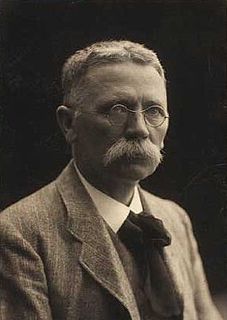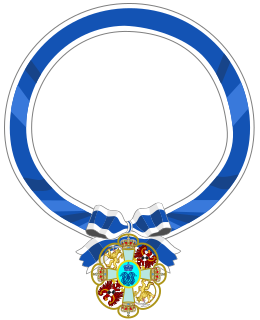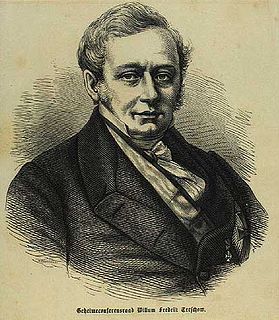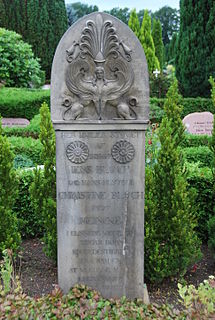
Arne Einar Christiansen (20 July 1861 – 25 September 1939) was a Danish journalist, critic and titular professor. He was best known as a writer and theatre director. [1]
He was born in Copenhagen, the son of Captain Eduard Christiansen and Karen Margrethe White. He graduated from the Metropolitan School in 1878 and studied theology at the University of Copenhagen graduating with his degree in 1886. [1]

The University of Copenhagen (UCPH) is the oldest university and research institution in Denmark. Founded in 1479 as a studium generale, it is the second oldest institution for higher education in Scandinavia after Uppsala University (1477). The university has 23,473 undergraduate students, 17,398 postgraduate students, 2,968 doctoral students and over 9,000 employees. The university has four campuses located in and around Copenhagen, with the headquarters located in central Copenhagen. Most courses are taught in Danish; however, many courses are also offered in English and a few in German. The university has several thousands of foreign students, about half of whom come from Nordic countries.
He was editor of the journal Illustreret Tidende (Illustrated Times) from 1892 to 1899. From 1899 to 1909 Christiansen was the artistic director of the Royal Danish Theatre and orchestra. Between 1912 and 1924 he served as co-director of the Folketeatret (People's Theatre). He wrote two librettos and numerous novels and plays. [1]
Illustreret Tidende was a Danish weekly illustrated magazine published from 1859 to 1924 in Denmark with international news, literature and entertainment content.

The Royal Danish Theatre is both the national Danish performing arts institution and a name used to refer to its old purpose-built venue from 1874 located on Kongens Nytorv in Copenhagen. The theatre was founded in 1748, first serving as the theatre of the king, and then as the theatre of the country. The theatre presents opera, the Royal Danish Ballet, classical music concerts, and drama in several locations.

Folketeatret is a theatre in Copenhagen. The theatre was founded in 1857, after an initiative from Hans Wilhelm Lange.
He was awarded a Knight of the Order of Dannebrog in 1903 and became a Man of Honor of the Dannebrog in 1922. In 1909 he became titular professor. [1]
He died in Copenhagen and is buried at Hellebæk Cemetery. [1]













